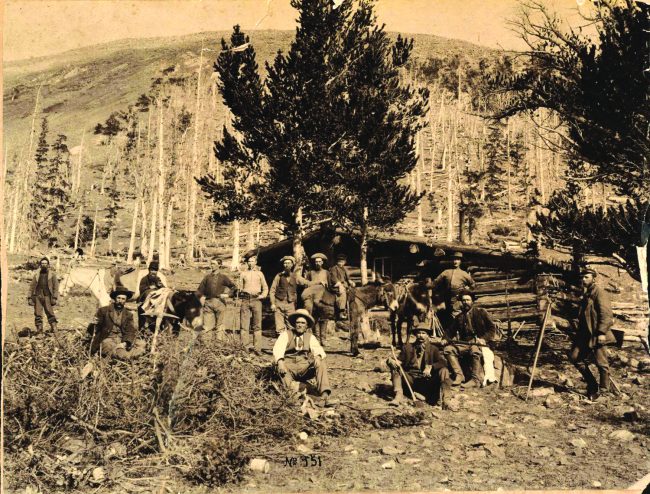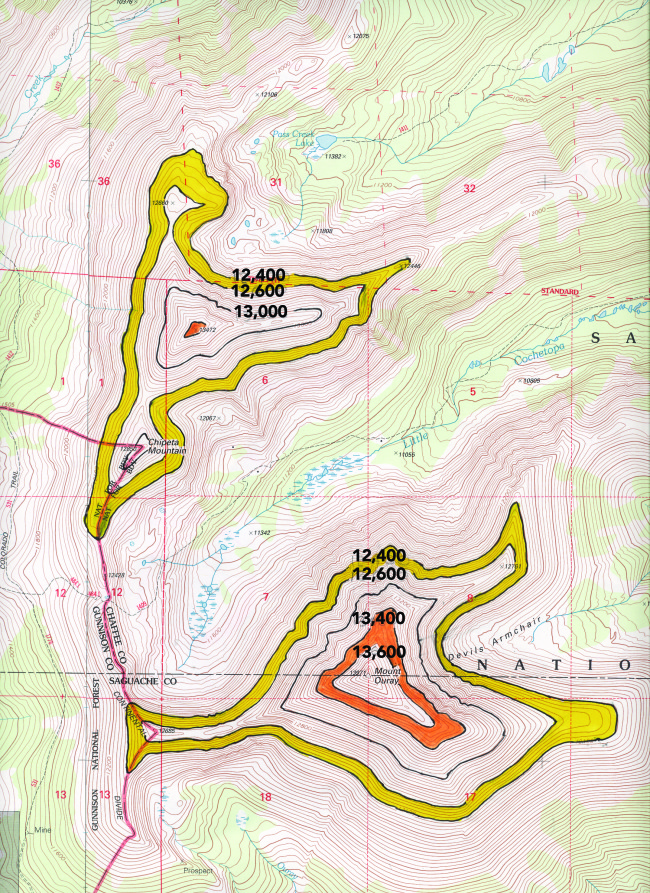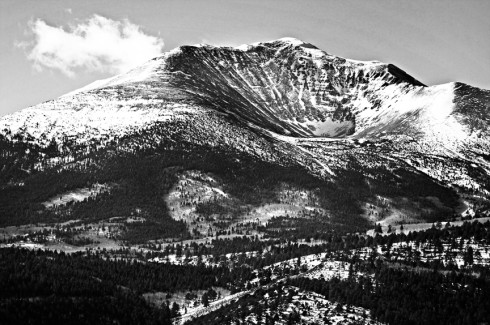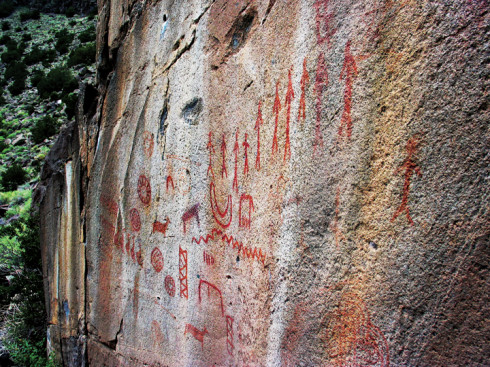SEVEN MILES ABOVE MAYSVILLE lies a ghost town that is barely remembered but is worthy of mention. It was called Shavano, taking its name from the 14,231-foot mountain towering above it. Mount Shavano is home to the much heralded “Angel of Shavano,” the figure of an angel with outspread wings, which is visible with the right amount of snow during spring. According to legend, two young Ute men once fought to the death over a young woman called Corntassel. But when the mortally wounded loser killed Corntassel, a drought spread over the land. The tribe left their land and made…




